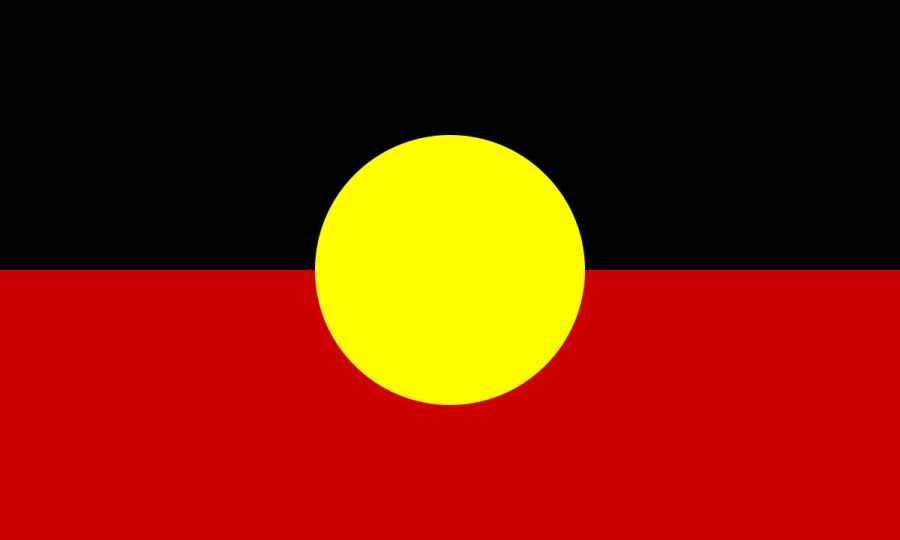Despite popular belief in the extinction of Tasmania’s Aborigines (Palawa) after Truganini’s death in 1876, the genocidal policies of the British were unsuccessful in completely clearing the land of its indigenous presence. Palawa--descendants of those remnant populations deported to Flinders Island in Bass Strait and those who fled to the rugged interior of the island to escape the violence--have fought hard since the invasion in 1803 for the return of their stolen lands.
A place of particular poignancy to Tasmanian Aborigines is Eddystone Point in the Bay of Fires region of the northeast. This was an Aboriginal trading base, a ceremonial center, and a site rich in natural resources. It was from this place that Aborigines were removed to Flinders Island in 1835. It was also the place from which Aboriginal women were so cruelly stolen by non-Aboriginal sealers and whalers. In November 2001, a large group of Tasmanian Aborigines occupied the historic lighthouse keepers’ cottages at Eddystone Point to protest the state government’s failure to deliver on its 1999 promise to return this significant piece of land to them.
The government now wants Eddystone Point to be developed for tourism and has offered the land for public tender, advising Aborigines to put in a tender just like everyone else. But to Aboriginal activist Trudy Malloga, this is an outrage. “I mean, my goodness, I think it’s quite rude to ask us to tender for our own land,” she said. The government’s action incensed the Aboriginal community and led to confrontations with the 20 potential tenderers.
The effect of the Aboriginal protest was immediate. The tender process was frozen, decision-making was stalled, and negotiations with the traditional Aboriginal land owners commenced. The Palawa have reclaimed two sites through occupation and are quietly confident of success at Eddystone Point. Their aim is to receive a long-term lease on the area and to sub-lease the lighthouse back to the authorities.
Their occupation and protest have attracted Aborigines from all over the state. As Trudy Malloga says, "The people are enjoying themselves immensely because they’re practicing their culture, reviving their language, and just having a general soul [and] spiritual healing type thing." Aboriginal school and community groups have also visited the site to swim, fish, picnic, and practice their culture where their ancestors once lived. They want the right to be able to visit this sacred place without having to get a permit from someone unfamiliar or unsympathetic with its historical and cultural significance.
First published in Cultural Survival Voices 1:3

